Greenhouse gas emissions from African lakes are no longer a blind spot
- PMID: 35749499
- PMCID: PMC9232103
- DOI: 10.1126/sciadv.abi8716
Greenhouse gas emissions from African lakes are no longer a blind spot
Abstract
Natural lakes are thought to be globally important sources of greenhouse gases (CO2, CH4, and N2O) to the atmosphere although nearly no data have been previously reported from Africa. We collected CO2, CH4, and N2O data in 24 African lakes that accounted for 49% of total lacustrine surface area of the African continent and covered a wide range of morphology and productivity. The surface water concentrations of dissolved CO2 were much lower than values attributed in current literature to tropical lakes and lower than in boreal systems because of a higher productivity. In contrast, surface water-dissolved CH4 concentrations were generally higher than in boreal systems. The lowest CO2 and the highest CH4 concentrations were observed in the more shallow and productive lakes. Emissions of CO2 may likely have been substantially overestimated by a factor between 9 and 18 in African lakes and between 6 and 26 in pan-tropical lakes.
Figures

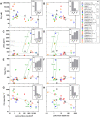
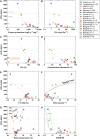


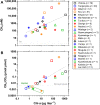
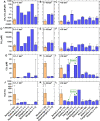

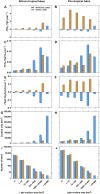
References
-
- Cole J. J., Caraco N. F., Kling G. W., Kratz T. K., Carbon dioxide supersaturation in the surface waters of lakes. Science 265, 1568–1570 (1994). - PubMed
-
- Sobek S., Tranvik L. J., Cole J. J., Temperature independence of carbon dioxide supersaturation in global lakes. Global Biogeochem. Cycles 19, GB2003 (2005).
-
- Bastviken D., Tranvik L. J., Downing J. A., Crill P. M., Enrich-Prast A., Freshwater methane emissions offset the continental carbon sink. Science 331, 50–50 (2011). - PubMed
-
- Raymond P. A., Hartmann J., Lauerwald R., Sobek S., McDonald C., Hoover M., Butman D., Striegl R., Mayorga E., Humborg C., Kortelainen P., Dürr H., Meybeck M., Ciais P., Guth P., Global carbon dioxide emissions from inland waters. Nature 503, 355–359 (2013). - PubMed

